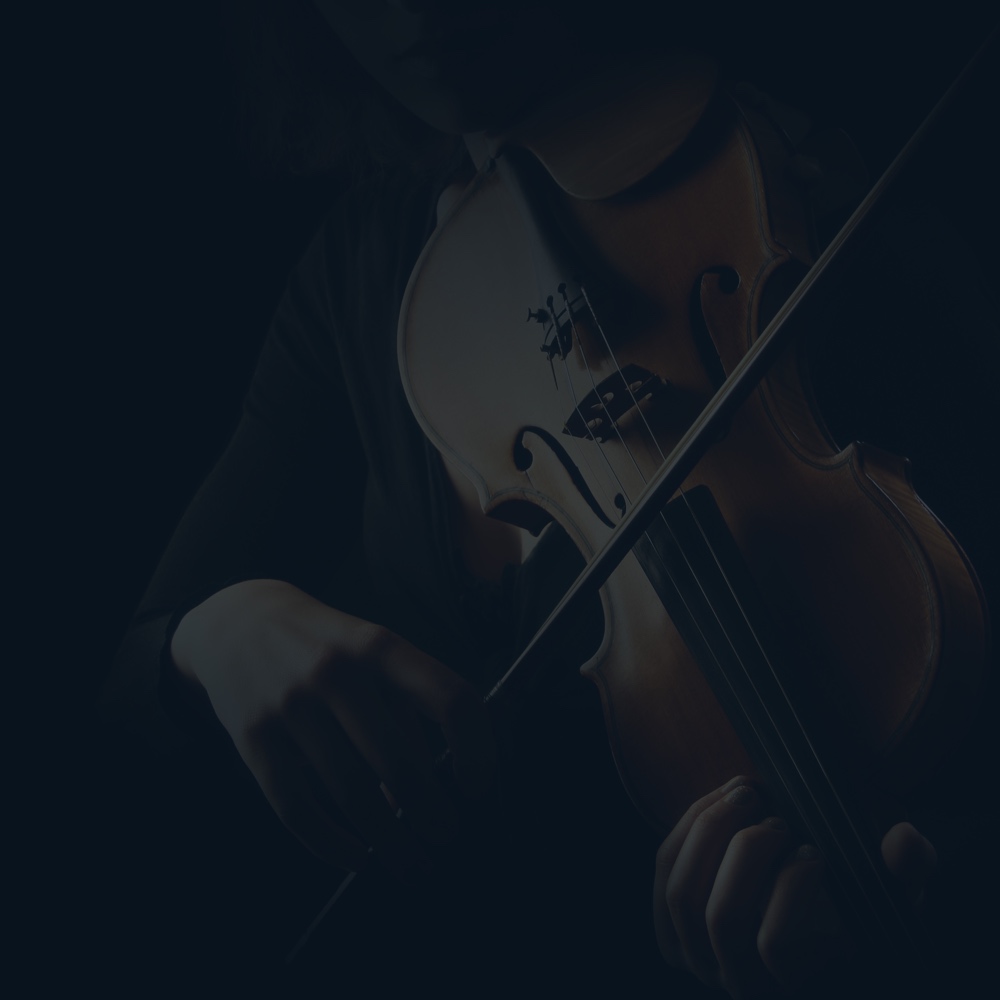Get more out of your workflow with 7+ hours of videos
Learn how to build templates, blend sample libraries, write a cue and mix it
In this course, you'll learn how to create two pro-level templates in your DAW: one for composition and one for mixing. We’ll cover a wide variety of topics including routing, articulation switching mechanisms, layering string libraries from different vendors, and everything in between.
To illustrate the concepts, we will write a track from scratch based on the 3 acts of a film trailer structure. At the end of the course, we will also spend some time mixing it.
Curriculum
- Setting up a new empty project (7:38)
- Adding the main busses (6:32)
- Selecting and balancing strings libraries (17:31)
- Aligning long articulations (18:51)
- Setting default CC values (13:40)
- Aligning short articulations (15:57)
- First library: adding the long articulations (18:11)
- First library: adding the short articulations (6:28)
- Handling pizzicato (4:27)
- Articulation switching mechanism (13:52)
- Adding the second library (17:47)
- Utility tracks (4:40)
- Building a sketching area (10:10)
- Blending libraries with a convolution reverb (21:45)
- Blending long articulations (9:57)
- Saving the composition template (4:08)
- Download my Cubase 11 skeleton template
Why Build Templates?
Templates are a big subject when it comes to composing with a DAW and sample libraries. Some people absolutely hate it (although I have yet to hear a compelling reason as to why), some others swear by them. Personally, I have 3 main reasons for building templates:
Approaching the computer as a musical instrument
First and foremost, I am using a computer, a DAW, and sample libraries to write music. Not because I like to spend hours on technical problems, or importing virtual instruments, balancing them and routing them. I use these tools to write music.
When I sit in front of my computer, writing music is all that I want to be doing. Do you know the "plug and play" paradigm? I want to "sit and play". A well organized template allows me to do just that.
Boosting my productivity
As most media composers know, time is often a very scarce resource. By not having to deal with technical things, I can start writing as soon as a new project comes in. But not only! It also helps me to get new projects.
For example, I've read an ad recently by a director looking for a composer. The ad mentioned the genre that they were looking for. Instead of just sending a link to my portfolio like probably dozens of other composers, I took two hours to sit at my workstation and I wrote a custom 2 minutes cue to add with my application. I didn't have to worry about the technical aspects as everything was already handled by my template. I got a call two days later, and got the job.
Creating a palette
I don't believe in having one template for each and every situation, though. At the start of every new project, I build myself a new template (or adapt an existing one). This is why knowing how to build them fast is an asset for the working composer. By having a project-based template, I know that my orchestrations are repeatable throughout the project, be it 10 tracks for a production library album or for several film cues.
Some say that using templates smother your creativity because you are forced into a box. I don't believe in this as it is not because you've already prepared yourself a sound palette that you can't add to it as necessary. In fact, it's the exact opposite: you are able to experiment faster as your foundation is already in place. Your routings, your articulation switching mechanisms, your virtual hall, etc.
These are 3 of the situations that this course will prepare you for.
Requirements
This course is addressed to composers who are already familiar with the following concepts:
- Using a DAW to write music. It can be Cubase, Logic, Reaper, or any other. Score editors like Dorico or Sibelius are not DAWs and will not be mentioned in this course. Of course, you don't need to master your DAW but adding new virtual instruments, and inputting or recording MIDI notes should not be an issue for you.
- Virtual instruments (VSTi). You know what they are, and you know how to work with them using your sampler of choice (Kontakt, Play, Synchron Player, Spitfire Player, ...)
- You have some knowledge of the string orchestra. You know its 5 common sections (violins I, violins II, violas, cellos, and basses), and you know the names of the techniques that they can play. These techniques are also known as articulations in the digital realm (legato, spiccato, pizzicato, etc.)
- A bit of music theory. During the composition module, I will not explain what a chord is, for example.
What you don't need to know:
- Reading sheet music. This is not a music theory course. It is a hands-on technical course.
- Advanced music theory.
To follow this course and practice what you will be learning, you need to have:
- A DAW! I'm using Cubase 11 Pro throughout this course but any other DAW will work just fine.
- One but preferably more strings libraries. To illustrate the concepts, I will be using Cinematic Studio Strings and Spitfire Chamber Strings but any other strings library will do just fine.
The following types of plugins are recommended but not necessary as most DAWs come bundled with them:
- A convolution reverb
- An algorithmic reverb
- A dynamic EQ
- A compressor
- A multiband compressor
- A limiter
- A saturation plugin (tape, console emulation, tube emulation, etc)
If you have any other question regarding what you need, or if you are unsure, simply get in touch and we will sort this out together!
